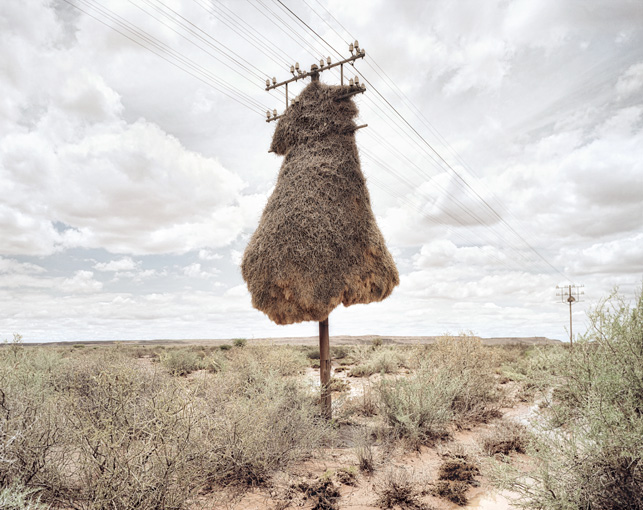 [Image: From “Assimilation” by Dillon Marsh].
[Image: From “Assimilation” by Dillon Marsh].
I mentioned in the previous post the work of South African photographer Dillon Marsh, whose “Landscape Series” seeks “to find things that are out of the ordinary, picking them out of the landscape where they might otherwise blend in. I choose objects that can be found in multitude within their environment so that I can depict a family of objects in a series of photographs. By displaying each project as such, I feel I am able to show both the character of the individual members, and the characteristics that make these objects a family.”
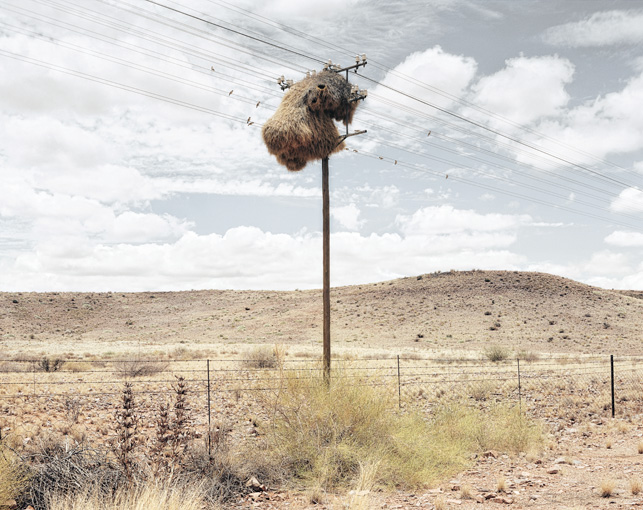 [Image: From “Assimilation” by Dillon Marsh].
[Image: From “Assimilation” by Dillon Marsh].
Marsh’s photos seen here were seemingly everywhere on the internet a few weeks ago, but I thought I’d post them nonetheless, as they’re not only interesting images in and of themselves, but they depict one of my favorite topics: human infrastructure claimed—or assimilated, in Marsh’s words—by nonhuman species, other builders and users of artificial environments, who construct their own homes on those underlying skeletons.
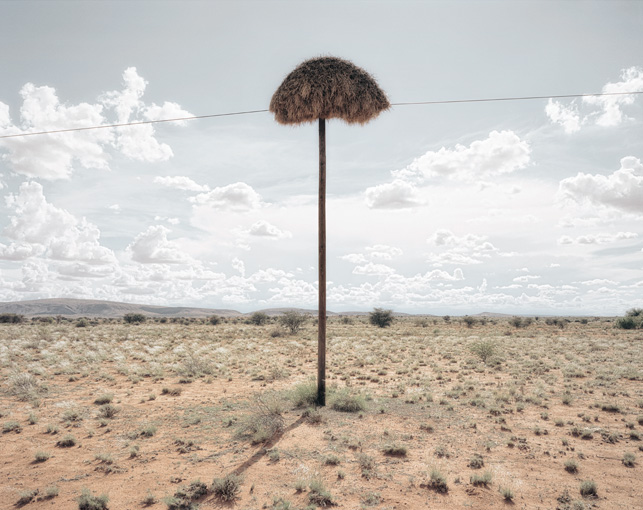 [Images: From “Assimilation” by Dillon Marsh].
[Images: From “Assimilation” by Dillon Marsh].
It is an architecture of infestation, of creative reuse across species lines.
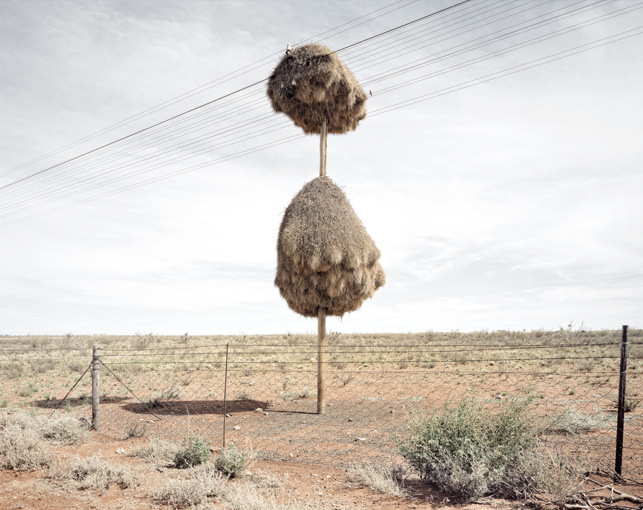 [Images: From “Assimilation” by Dillon Marsh].
[Images: From “Assimilation” by Dillon Marsh].
So what is all this, more specifically? As Marsh explains, “In the vast barren landscapes of the southern Kalahari, Sociable Weaver Birds assume ownership of the telephone poles that cut across their habitat. Their burgeoning nests are at once inertly statuesque and teeming with life. The twigs and grass collected to build these nests combine to give strangely recognisable personalities to the otherwise inanimate poles.”
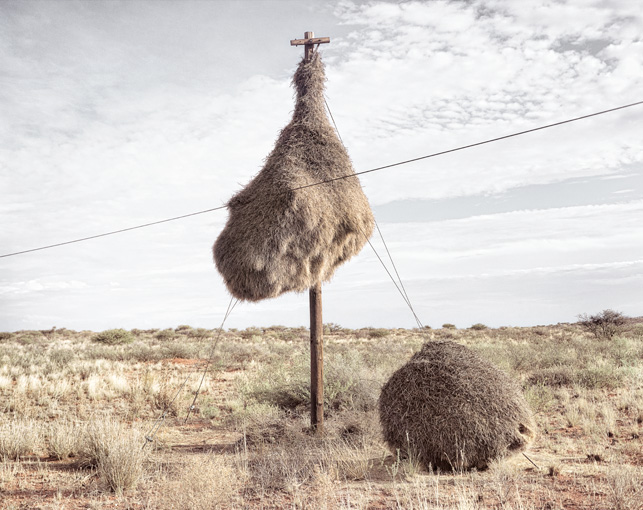
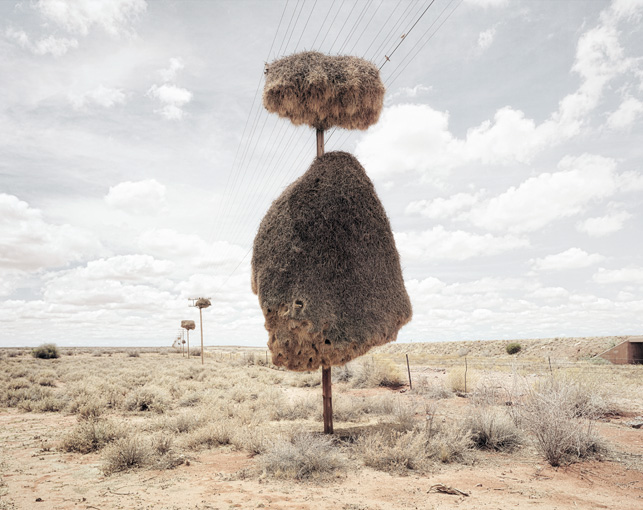
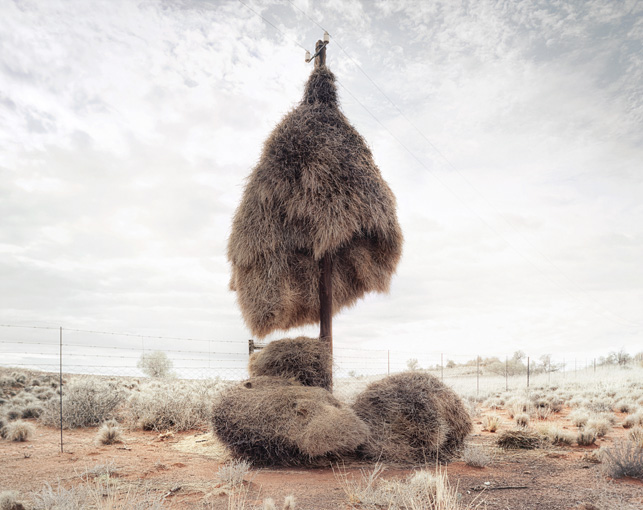 [Images: From “Assimilation” by Dillon Marsh].
[Images: From “Assimilation” by Dillon Marsh].
Seen one way, these photos depict an entire form of architecture reduced to ornament, mere biological decoration; seen another, they just as powerfully reveal how the smallest and seemingly most inconsequential additions to the built environment—incremental 3D fabrics of twigs, grass, and weeds—serve to augment that built environment through inhuman architectural means.


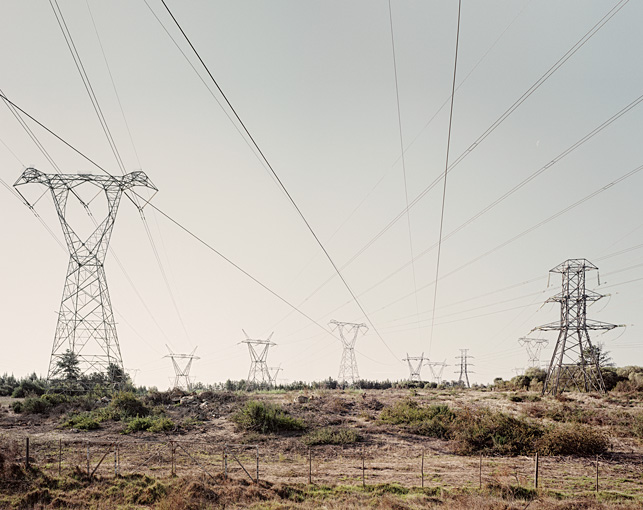 [Image: From “
[Image: From “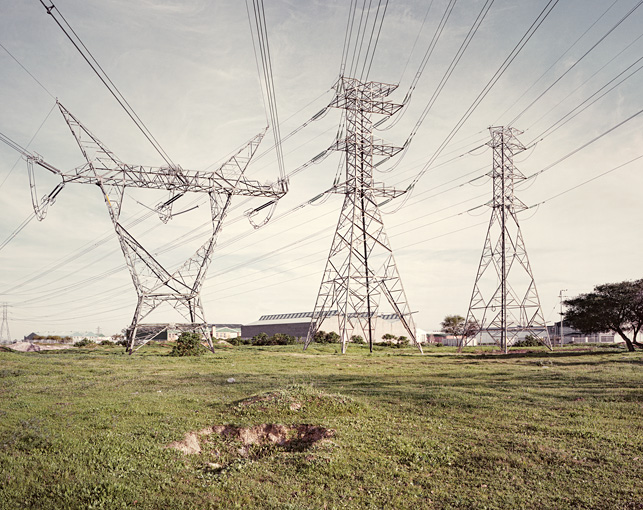 [Image: From “
[Image: From “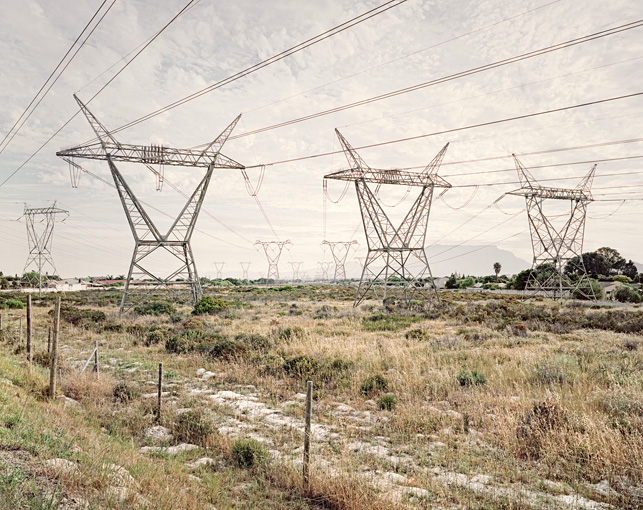 [Image: From “
[Image: From “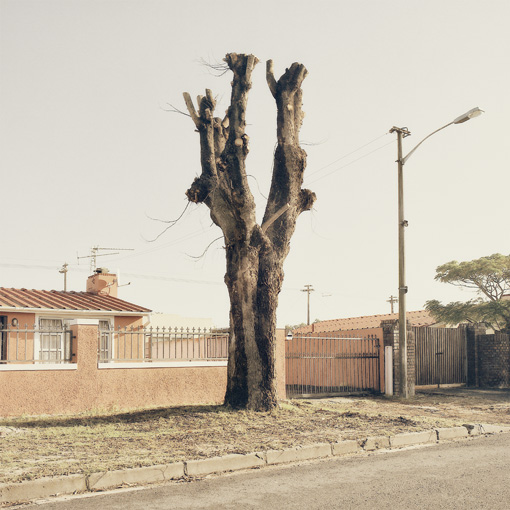 [Image: From “
[Image: From “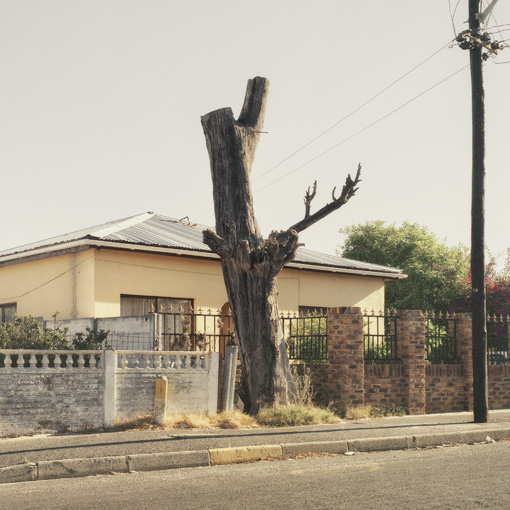
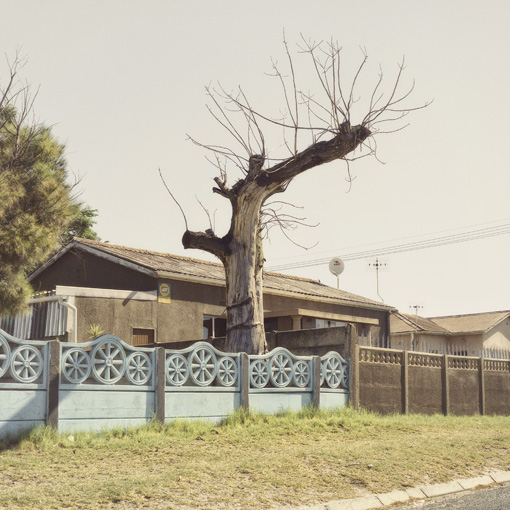
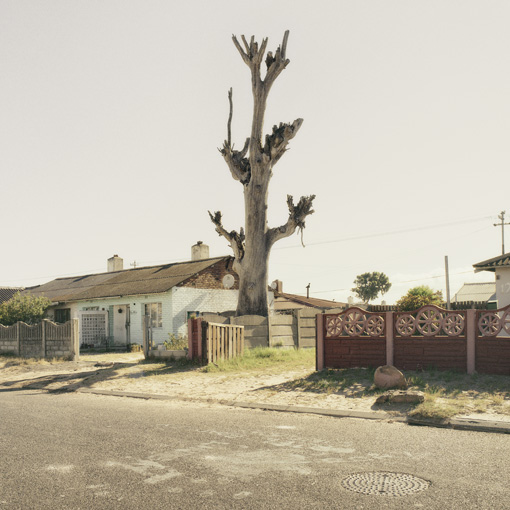 [Images: From “
[Images: From “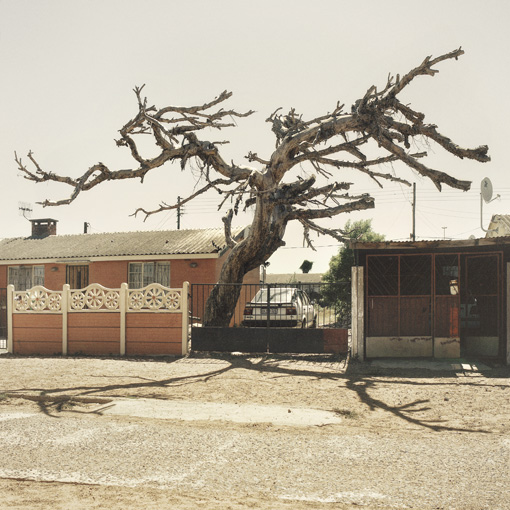 [Images: From “
[Images: From “